Australia is being ravaged by the worst wildfires seen in decades, with large swaths of the country devastated since the fire season began in late July.
At least 28 peoplehave died nationwide, and in the state of New South Wales (NSW) alone, more than 3,000 homes have been destroyed or damaged. State and federal authorities are struggling to contain the massive blazes, even with firefighting assistance from other countries, including the United States.
All this has been exacerbated by persistent heat and drought, and many point to climate change as a factor making natural disasters go from bad to worse.
Where are the fires?

There have been fires in every Australian state, but New South Wales has been hardest hit.
Blazes have torn through bushland, wooded areas, and national parks like the Blue Mountains. Some of Australia’s largest cities have also been affected, including Melbourne and Sydney – where fires have damaged homes in the outer suburbs and thick plumes of smoke have blanketed the urban center. Earlier in December, the smoke was so bad in Sydney that air quality measured 11 times the “hazardous” level.
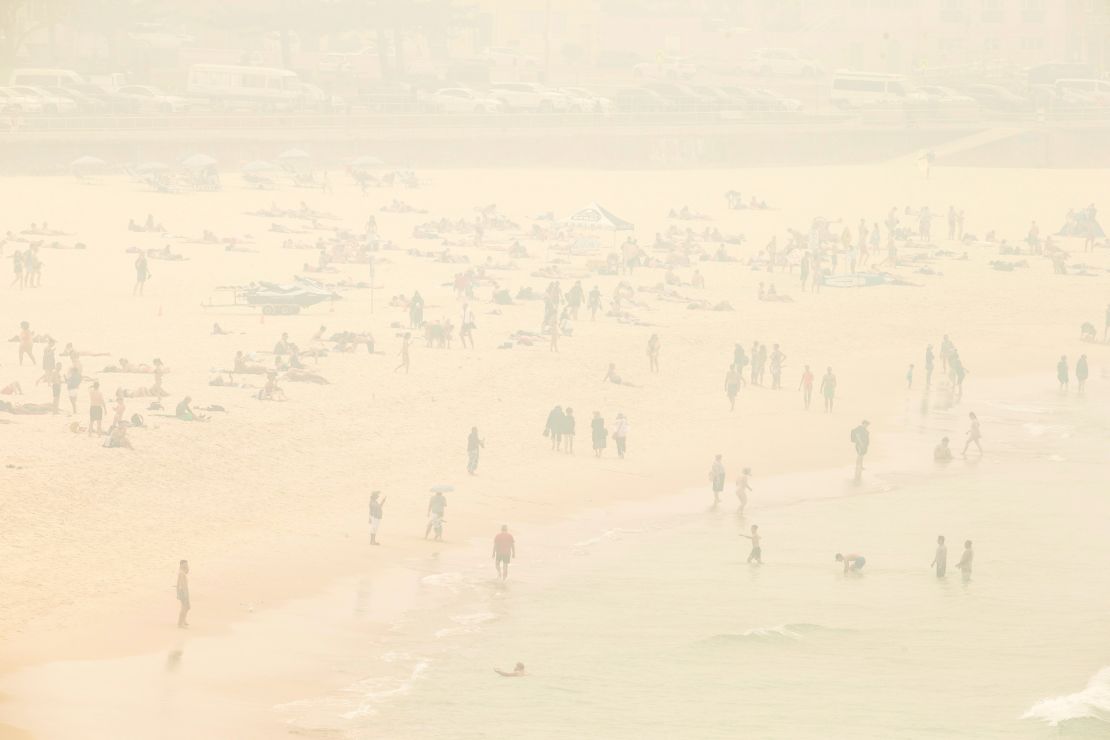
The fires range in area from small blazes – isolated buildings or part of a neighborhood – to massive infernos that occupy entire hectares of land. Some start and are contained in a matter of days, but the biggest blazes have been burning for months. In NSW alone, more than 100 fires are still burning.
What is causing the fires?
Each year there is a fire season during the Australian summer, with hot, dry weather making it easy for blazes to start and spread.
Natural causes are to blame most of the time, like lightning strikes in drought-affected forests. Dry lightning was responsible for starting a number of fires in Victoria’s East Gippsland region in late December, which then traveled more than 20 kilometers (12.4 miles) in just five hours, according to state agency Victoria Emergency.
Humans can also be to blame. NSW police have charged at least 24 people with deliberately starting bushfires, and have taken legal action against 183 people for fire-related offenses since November, according to a police statement.
In photos: Bushfires rage through Australia
Why are the fires so bad?
Fire season in Australia is always dangerous – the 2009 Black Saturday fires killed 173 people in Victoria, making it the deadliest bushfire disaster on record. But conditions have been unusually severe this year, fanning the flames and making firefighting conditions particularly difficult.
Australia is experiencing one of its worst droughts in decades – the country’s Bureau of Meteorology said in December that last spring was the driest on record. Meanwhile, a heatwave in December broke the record for highest nationwide average temperature, with some places sweltering under temperatures well above 40 degrees Celsius (about 113-120 degrees Fahrenheit).
Strong winds have also made the fires and smoke spread more rapidly, and have led to fatalities – a 28-year-old volunteer firefighter died in NSW in December after his truck rolled over in high winds.
Experts say climate change has worsened the scope and impact of natural disasters like fires and floods – weather conditions are growing more extreme, and for years, the fires have been starting earlier in the season and spreading with greater intensity.
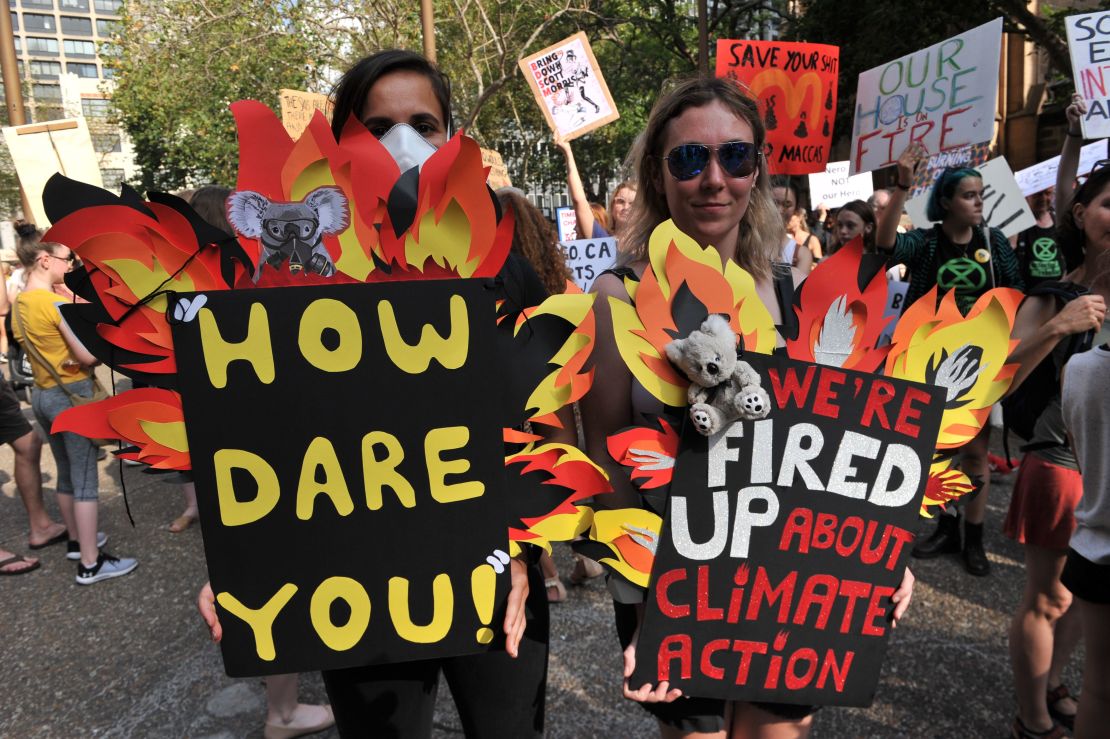
Several high-ranking emergency service officials, including the former commissioner of the NSW Fire and Rescue Department, sent letters to Prime Minister Scott Morrison in 2019 warning of the impact of the climate crisis on Australia.
In response, Morrison emphasized a commitment to reduce carbon emissions – but also said he would stick to “sensible” policies, and that there wasn’t “a single policy, whether it be climate or otherwise,” that can completely protect against the fires.
What has been the damage so far?
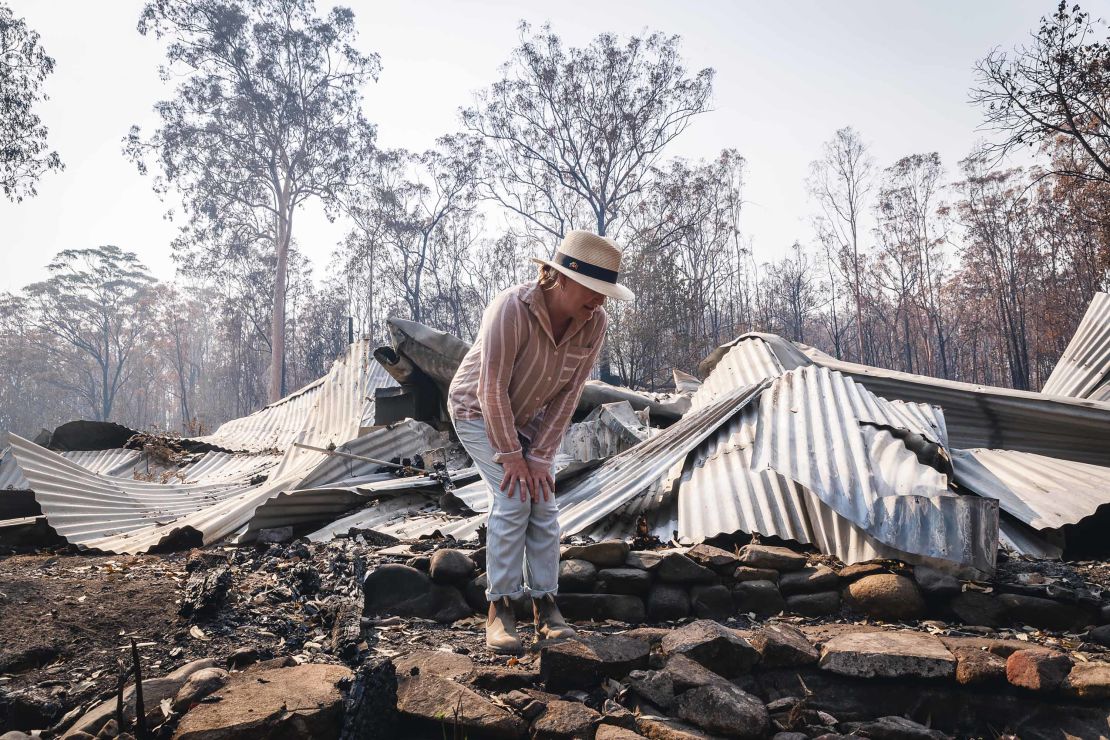
Entire towns have been engulfed in flames, and residents across several states have lost their homes. The heaviest structural damage occurred in NSW, the country’s most populated state, where 1,588 homes have been destroyed and over 650 damaged.
In total, more than 7.3 million hectares (17.9 million acres) have been burned across Australia’s six states – an area larger than the countries of Belgium and Denmark combined. The worst-affected state is NSW, with more than 4.9 million hectares (12.1 million acres) burned.
To put that into perspective, the 2019 Amazon rainforest fires burned more than 7 million hectares (about 17.5 million acres), according to Brazilian officials. In California, which is known for its deadly wildfires, just over 100,000 hectares (247,000 acres) burned in 2019, and about 404,680 hectares (1 million acres) in 2018.
A total of 28 people across Australia have died this fire season, including several volunteer firefighters.
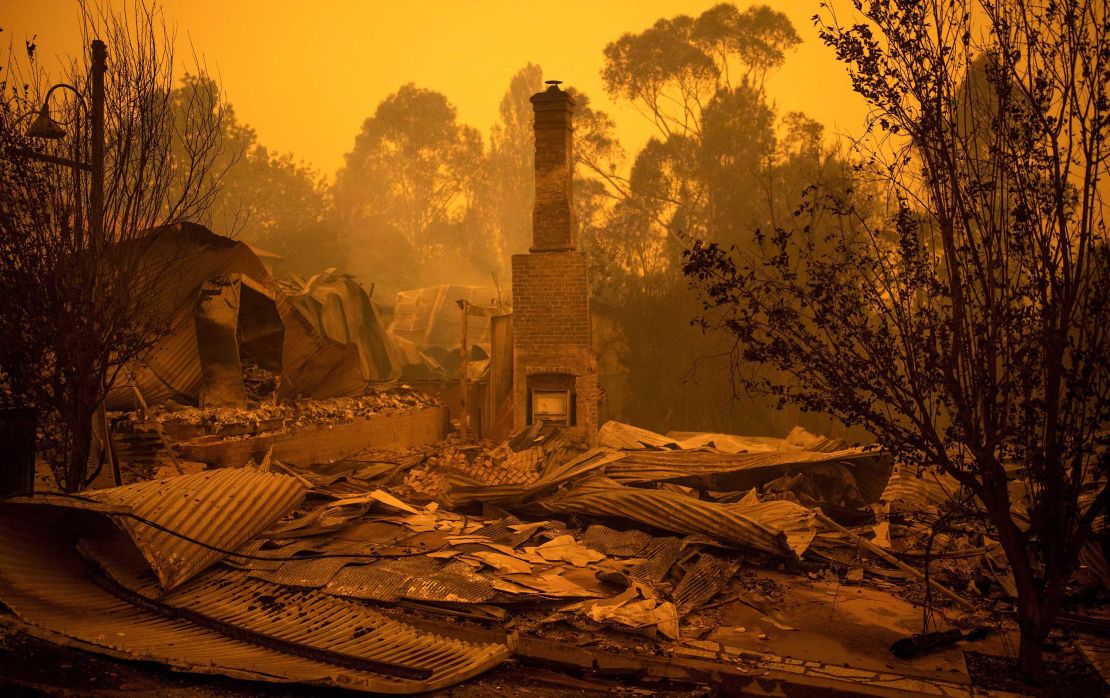
How many animals have died?
About half a billion animals have been affected by the fires across NSW, with millions likely dead – and that’s a conservative estimate. That number of total animals affected could be as high as one billion nationwide, according to ecologists from the University of Sydney.
The figures for NSW include birds, reptiles, and mammals, except bats. It also excludes insects and frogs, so the real sum is almost certain to be higher, the ecologists said.
Almost a third of koalas in NSW may have been killed in the fires, and a third of their habitat has been destroyed, said Federal Environment Minister Sussan Ley.
Some species, like koalas, aren’t in any immediate danger of extinction because they are spread out across the country, said the university ecologists. But others that live in more niche environments with lower populations, including certain types of frogs and birds, could be wiped out entirely if their habitats are hit by the fires.
These are pretty good estimates based on previous research on population density – but until the fires stop, researchers have no way of surveying just how extensive the damage is, and exactly how many animals have died.
What is being done?
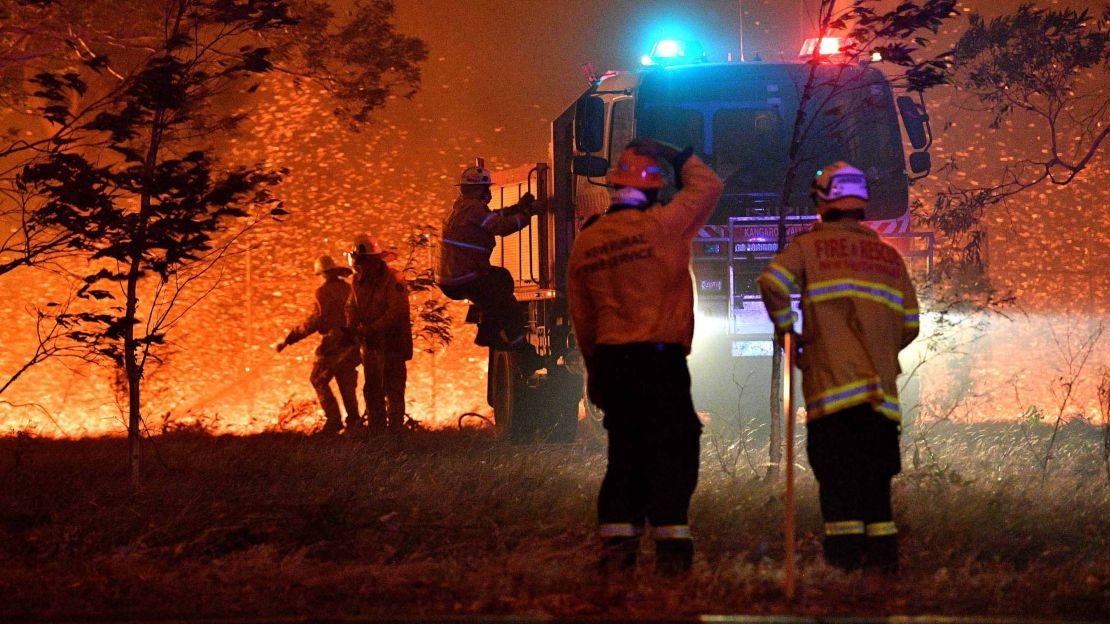
State and federal authorities have been working to combat the fire crisis for months.
Early in January, Victoria declared a state of disaster and NSW declared a state of emergency – both granting extraordinary powers and additional government resources to battle the fires. The state of Queensland also briefly declared a state of emergency in November.
There are more than 2,000 firefighters working on the ground in NSW alone, and more support is on the way – the US, Canada, and New Zealand have sent additional firefighters to help.
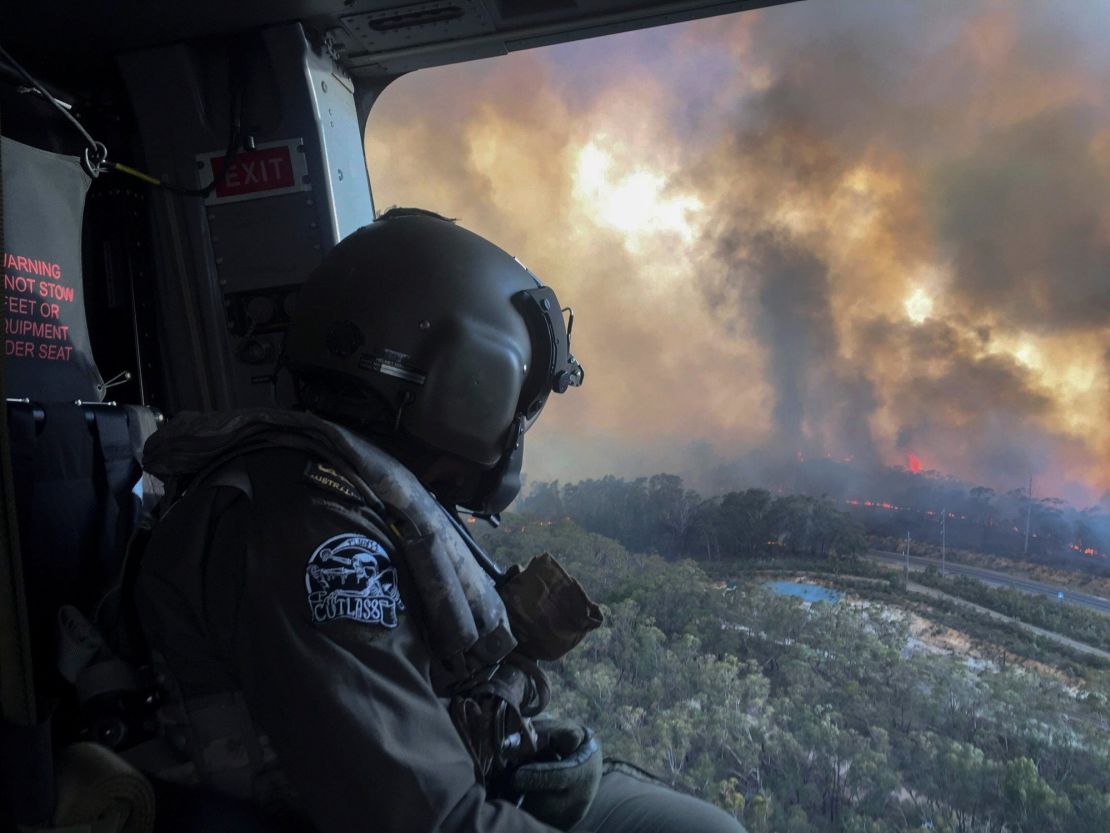
The federal government has also sent in military assistance like army personnel, air force aircraft, and navy cruisers for firefighting, evacuation, search and rescue, and clean-up efforts.
The Morrison administration has also allocated billions of dollars in federal aid, to help rebuild vital infrastructure like schools and health facilities struck by fire.
The prime minister earlier said up to $4,200 will go to each of the volunteer firefighters battling blazes for more than 10 days. Other relief measures include compensated pay and extra leave for volunteer firefighters.
When will the fires end?
Unfortunately, Australia is only about halfway through its summer season. Normally, temperatures peak in January and February, meaning the country could be months away from finding relief.
The fires are unlikely to end entirely since they are an annually occurring event – and may even get worse if recent years are a guide.
How can I help?
Donations can be made to several organizations working toward victim relief and recovery, including the Australian Red Cross, Salvation Army Australia, the NSW Rural Fire Service, and the St. Vincent de Paul Society Australia.
You can also help the devastated animal population by giving to wildlife rescue and treatment groups like WIRES, the Port Macquarie Koala Hospital, and Currumbin Wildlife Hospital.
An earlier version of this story misstated the size of the 2019 Amazon rainforest fires. This has been corrected.
































































































































